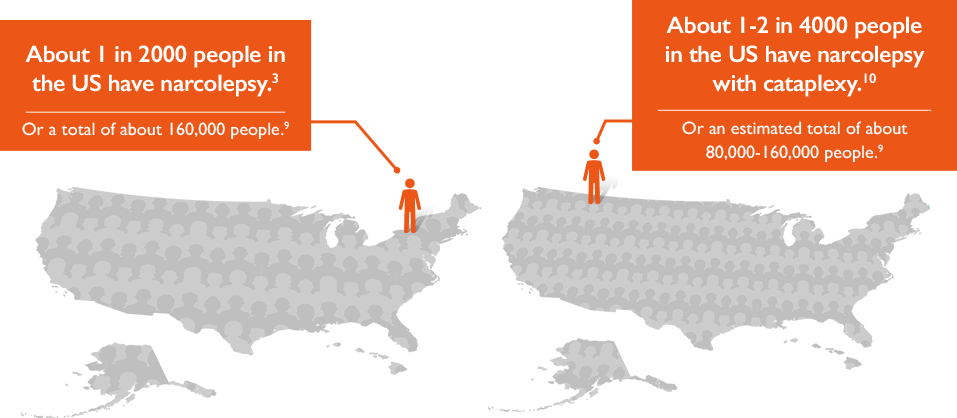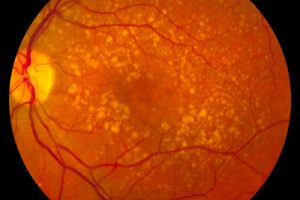
Specifically, many studies lacked sample size or have employed self-reported survey measures when defining sleep disorders ( 12). The differences in prevalence estimates across studies have been attributed to differences in sampling populations, varied techniques used for monitoring sleep and breathing, and variability in definitions used to determine cases ( 18). OSA has been estimated to affect at least 24% of men and 9% of women, however some studies have reported the prevalence of OSA associated with accompanying daytime sleepiness to be approximately 3 to 7% for adult men and 2 to 5% for adult women in the general population ( 17). A Canadian study surveyed patients and found 29.9% reported symptoms of insomnia with 9.5% meeting criteria for insomnia syndrome ( 16). Estimates of the prevalence of chronic insomnia vary depending on the criteria used and population studied but have been reported to be from 10% to as high as 40%( 10- 15). For instance, narcolepsy has been estimated in one study at 25 to 00 when cataplexy is required and higher at 00 when cataplexy is not required ( 9). However, these population estimates vary. Population studies have revealed that sleep disorders are affecting many more people worldwide than previously understood. In Alberta, Canada, the prevalence of sleep disorders, in particular OSA, is increasing mainly due to the aging population and rising rates of chronic obstructive pulmonary disease and obesity ( 8). Recently the possible relationship between vaccinations and narcolepsy has been explored, with a recent reported increase in narcolepsy cases in Europe associated with large-scale population immunization campaigns such as the adjuvanted 2009 influenza A (H1N1) pandemic vaccines ( 7). Other sleep disorders such as insomnia have a high co-occurrence with psychiatric disorders ( 6). Specifically, OSA has been associated with hypertension, heart failure, ischemic heart disease, arrhythmias, metabolic syndrome, pulmonary hypertension, stroke, and depression ( 5). People with daytime sleepiness have a tendency to fall asleep in inappropriate places at inappropriate times, and have poor concentration which impacts daily functioning, work productivity and can even cause motor-vehicle accidents ( 4). Sleep disorders can both be affected by disease and impact disease, with sleep deprivation and associated disorders having been shown to have large impacts on health ( 3).


Despite the prevalence of sleep disorders, methodologies used for identifying such patients from administrative data are limited. The International Classification of Sleep Disorders 3rd Edition (ICSD-3)( 2) has identified over 80 different types of sleep disorders, the most common of which include obstructive sleep apnea (OSA), insomnia and narcolepsy. It has been reported that 35 to 40% of the US adult population annually are affected by problems falling asleep or daytime sleepiness ( 1). Sleep disorders are common however, prevalence estimates of different sleep disorders vary.


 0 kommentar(er)
0 kommentar(er)
